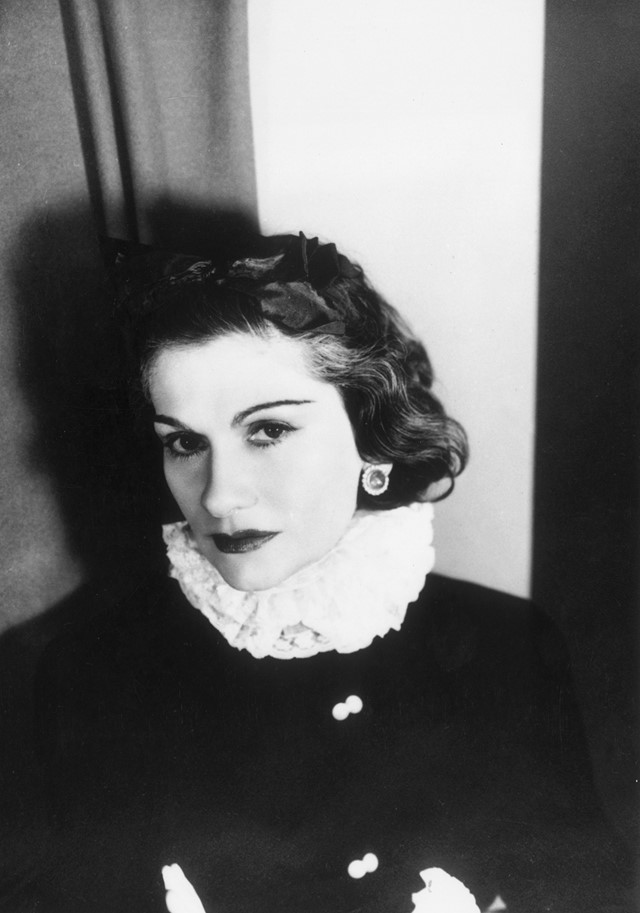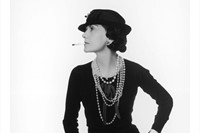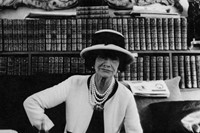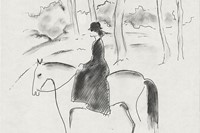Paul Morand presents the extraordinary Coco Chanel in her own words, with illustrations by Karl Lagerfeld
“Fashion should be discussed enthusiastically and sanely; and above all without poetry, without literature. A dress is neither a tragedy, nor a painting; it is a charming and ephemeral creation, not an everlasting work of art. Fashion should die and die quickly, in order that commerce may survive."
In 1946, Coco Chanel sat down in a hotel room in St Moritz with Paul Morand and recited to him her memoirs. These intimate conversations were written down and subsequently forgotten for a number of years, until being published as a book in 1976. Told in first person through the voice of Chanel, it shines light on the reclusive designer, recalling her impoverished upbringing, her inspirations, her move to Paris and the opening of the hat shop that would grow to become her empire. The book touches on the society personalities of the era with whom Chanel was friends – Diaghilev, Stravinsky, Picasso, Jean Cocteau – each one dissected and observed through the unapologetically critical eye of the designer, often adoring but equally scathing: “I am never satisfied with myself, so why should I be with others?” It also notes the significant men of her live – from the rich playboys Etienne Balsan and Boy Capel, who financed her first shop, to the Duke of Westminster.
"A dress is neither a tragedy, nor a painting; it is a charming and ephemeral creation, not an everlasting work of art" – Coco Chanel
Chanel is shown to be at times unpleasant, severe and proud, but also to have a heroically kind, charming and moral side. She often paid her staff far more than other fashion houses because she so valued their work, and spent millions taking her employees on holiday to Mimizan each year. Turning the pages, what transpires is almost a Guide to Life by the formidable Madame Chanel – a "how to" for social, financial, aesthetic behaviour. Like all good stories, there is undoubtedly embellishment and romanticism. Several facts swing from the truth (she vehemently denied to Morand that she was given the name of Coco while singing in a rowdy soldier’s music hall, after performing 'Qui qu'a vu Coco? ') However, the amusing combination of poetry and rigour are ultimately revelatory, a roundabout and exquisite approximation of the fashion and of Coco herself.
The Allure of Chanel is out now, complete with new illustrations by Karl Lagerfeld, published by Pushkin Press.



